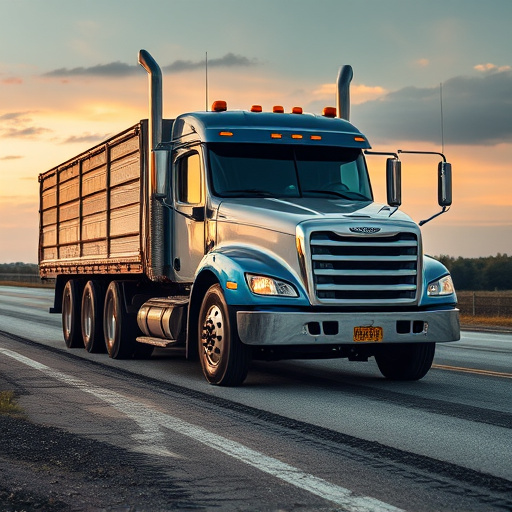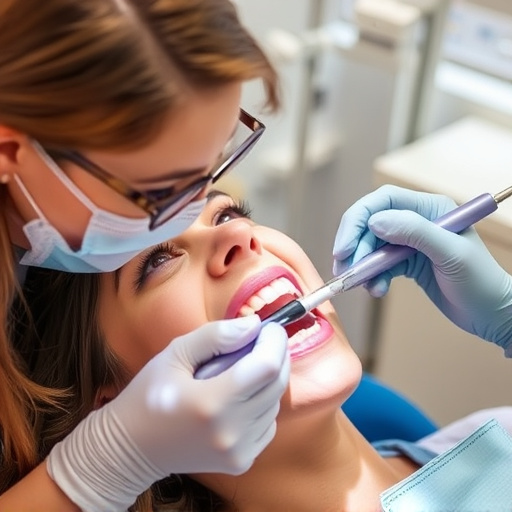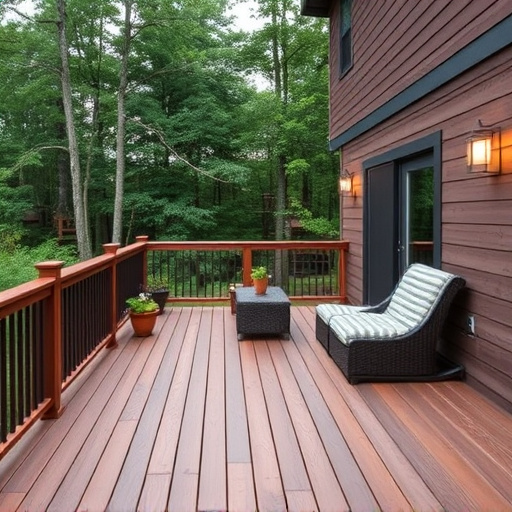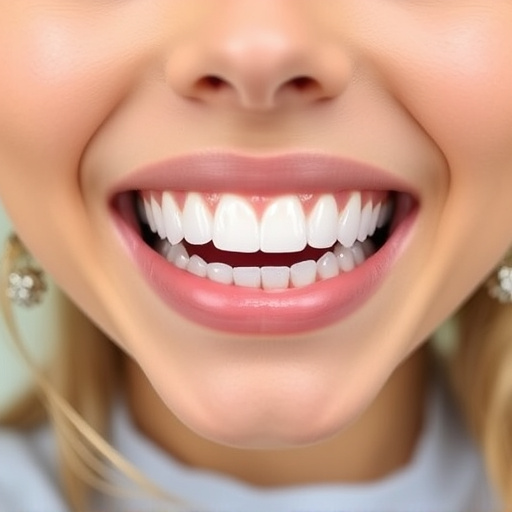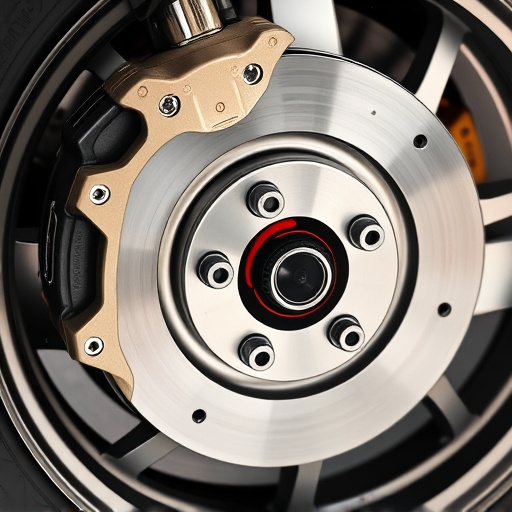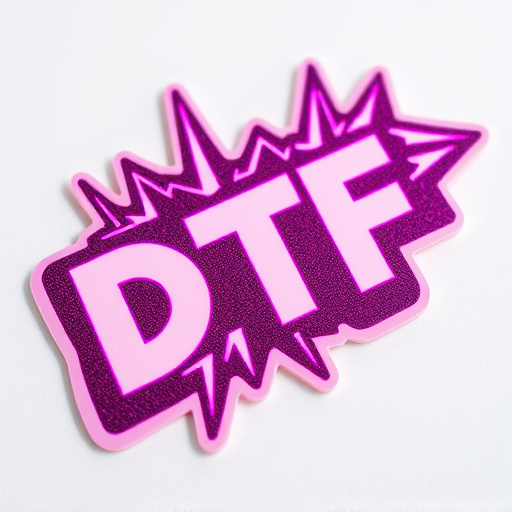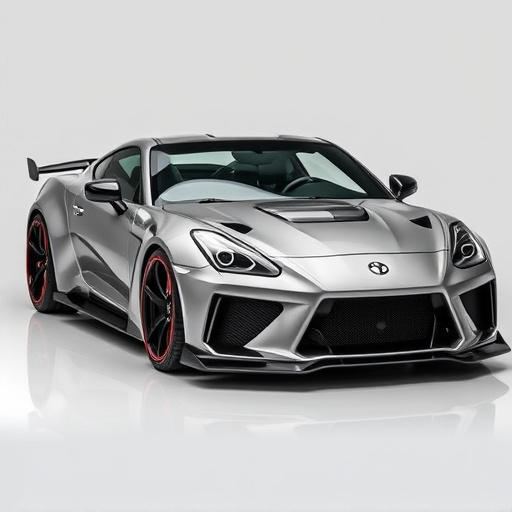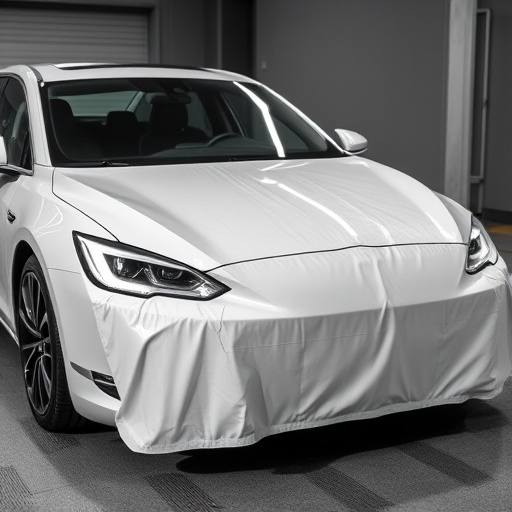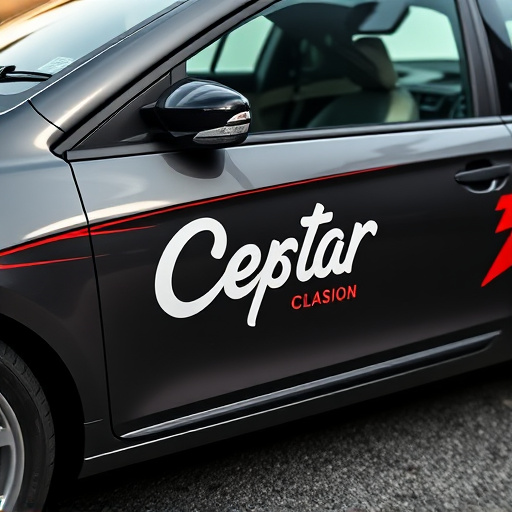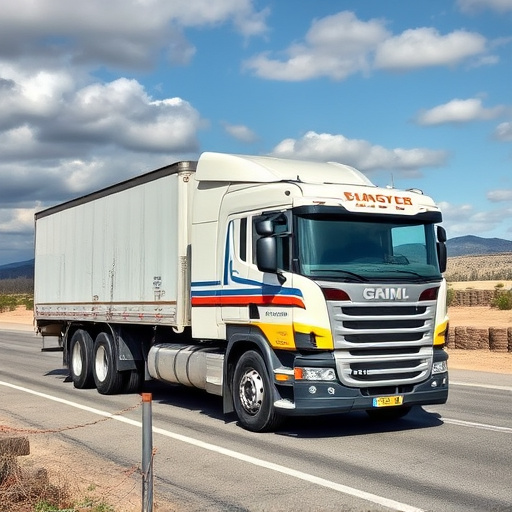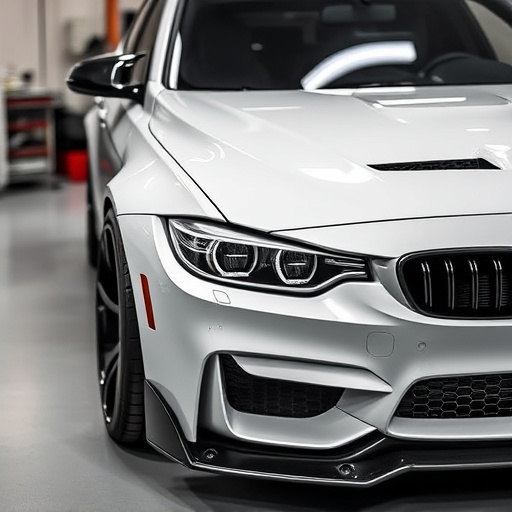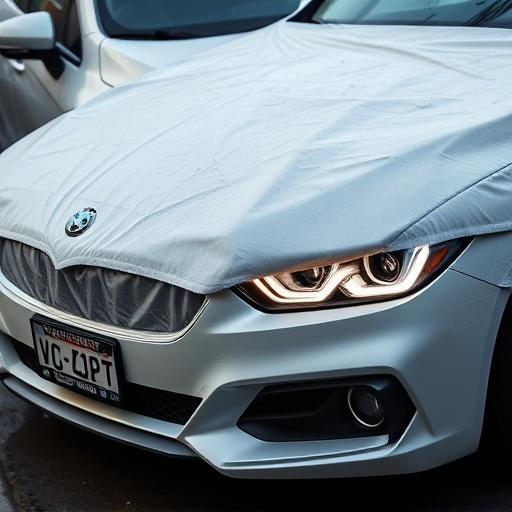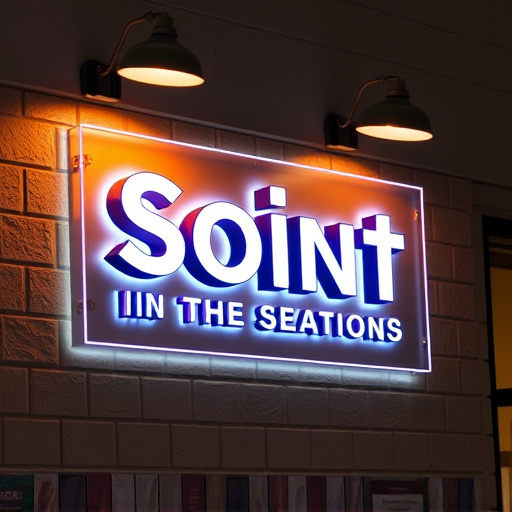Vehicle wrap installation uses specialized polymer films for aesthetic appeal and protection. These thin, durable materials offer UV protection against sun damage, weather resistance, and enhanced privacy through window tinting. High-quality UV-resistant films prevent fading, cracking, and premature aging of graphics. Weatherproofing with sealants ensures protection from moisture, rain, and extreme temperatures. Regular maintenance guarantees long-lasting vibrancy and durability.
“Revolutionize your vehicle’s look with advanced vehicle wrap installation techniques, offering both aesthetic enhancement and superior protection. This comprehensive guide explores the art of wrapping vehicles with UV and weatherproof materials, ensuring longevity and vibrancy.
We delve into the protective properties of modern wrap materials, the critical UV protection process during installation, and effective weatherproofing techniques. By understanding these aspects, you’ll unlock the secrets to a flawless, durable vehicle wrap that stands the test of time.”
- Understanding Vehicle Wrap Materials and Their Protection Properties
- The UV Protection Process During Installation
- Weatherproofing Techniques for Long-Lasting Results
Understanding Vehicle Wrap Materials and Their Protection Properties
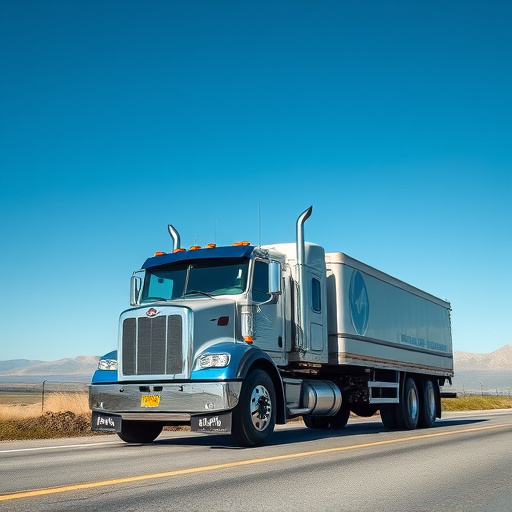
Vehicle wrap installation involves using specialized materials designed to offer both aesthetic and protective benefits. These wraps are crafted from durable, thin polymer films that adhere to a vehicle’s surface, providing a seamless finish. The key to their effectiveness lies in their protective properties, which extend beyond mere aesthetics. High-quality wraps incorporate ultraviolet (UV) protection, shielding the vehicle’s paint job from harmful solar rays that can cause fading and degradation.
Moreover, they offer weather resistance, safeguarding against harsh elements like rain, snow, and extreme temperatures. This is particularly important for maintaining the integrity of the vehicle’s finish over time. Unlike traditional painting, which may chip or crack in challenging conditions, wraps provide a flexible barrier that moves with the car’s surface, ensuring long-lasting protection alongside stunning, high-quality finishes. Window tinting, though often considered separately, can also be integrated into the wrap process, enhancing privacy and further contributing to overall vehicle protection.
The UV Protection Process During Installation

During the vehicle wrap installation process, UV protection is a critical step that ensures the longevity and vibrancy of the wrap’s finish. After meticulously applying the custom graphics or designs using premium automotive services, the installed wrap is vulnerable to sun damage. This is where specialized UV protective films come into play. These films act as a shield, blocking harmful ultraviolet rays from penetrating the wrap, which can cause fading, cracking, and premature aging.
The UV protection process involves carefully selecting and applying high-quality UV-resistant wraps that are designed to withstand harsh weather conditions. This involves considering factors such as scratch protection to maintain the integrity of the design. By incorporating these protective measures, vehicle owners can enjoy their custom graphics for extended periods, ensuring their vehicles stand out with vibrant, durable wraps that remain in excellent condition, even under constant sun exposure.
Weatherproofing Techniques for Long-Lasting Results

When it comes to vehicle wrap installation, weatherproofing is a critical step for long-lasting results. The right techniques ensure that your wrapped vehicle remains protected against the elements, preserving the vibrancy and durability of the wrap. One effective method involves using high-quality vinyl wraps designed with UV resistance, which safeguard against the damaging effects of sunlight. These advanced materials prevent fading and cracking, maintaining the original look of the wrap for extended periods.
Moreover, proper sealing and coating techniques play a vital role in weatherproofing. Premium automotive services often employ specialized sealants that create an impenetrable barrier against moisture, rain, and extreme temperatures. Regular maintenance, such as reapplication of coatings and checks for any signs of damage or delamination, is also crucial. The ultimate goal is to provide comprehensive protection, ensuring your vehicle wrap not only looks excellent but also stands the test of time in various weather conditions, enhancing the overall aesthetic appeal of your automotive detailing.
Vehicle wrap installation is not just about aesthetics; it’s a process that combines advanced materials science and meticulous application techniques. By understanding the protective properties of vehicle wrap materials, implementing proper UV protection during installation, and utilizing effective weatherproofing techniques, you ensure a long-lasting, vibrant finish that stands up to the elements. These steps are vital for maintaining the integrity and visual appeal of your wrapped vehicle over time.
